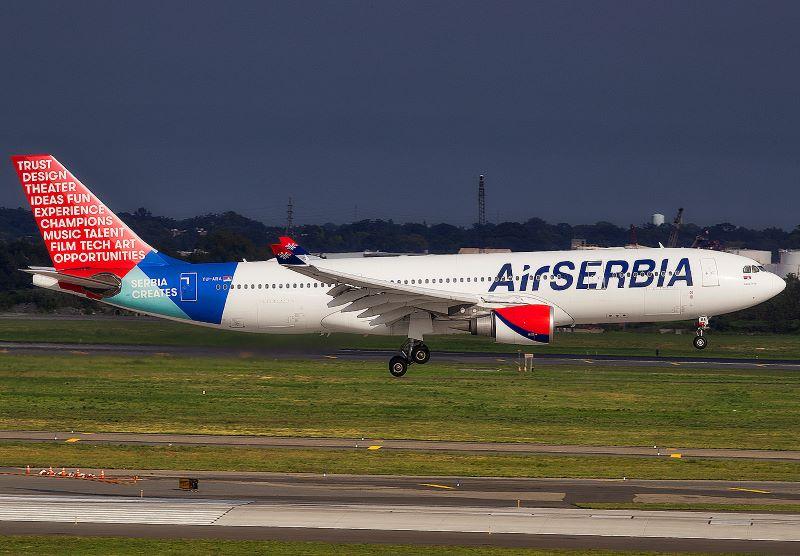
Credit: Joe Pries
DUBAI—Air Serbia plans to launch two new routes to China before the end of the year in line with the expansion of its widebody fleet. The airline has three long-haul services at present—flying from its Belgrade hub to Tianjin in northeastern China and New York John F. Kennedy and Chicago O’Hare in...
Subscription Required
Air Serbia Maps Out China Ambitions, Adds Widebody Capacity is published in Aviation Daily, an Aviation Week Intelligence Network (AWIN) Market Briefing and is included with your AWIN membership.
Already a member of AWIN or subscribe to Aviation Daily through your company? Login with your existing email and password
Not a member? Learn how to access the market intelligence and data you need to stay abreast of what's happening in the air transport community.





